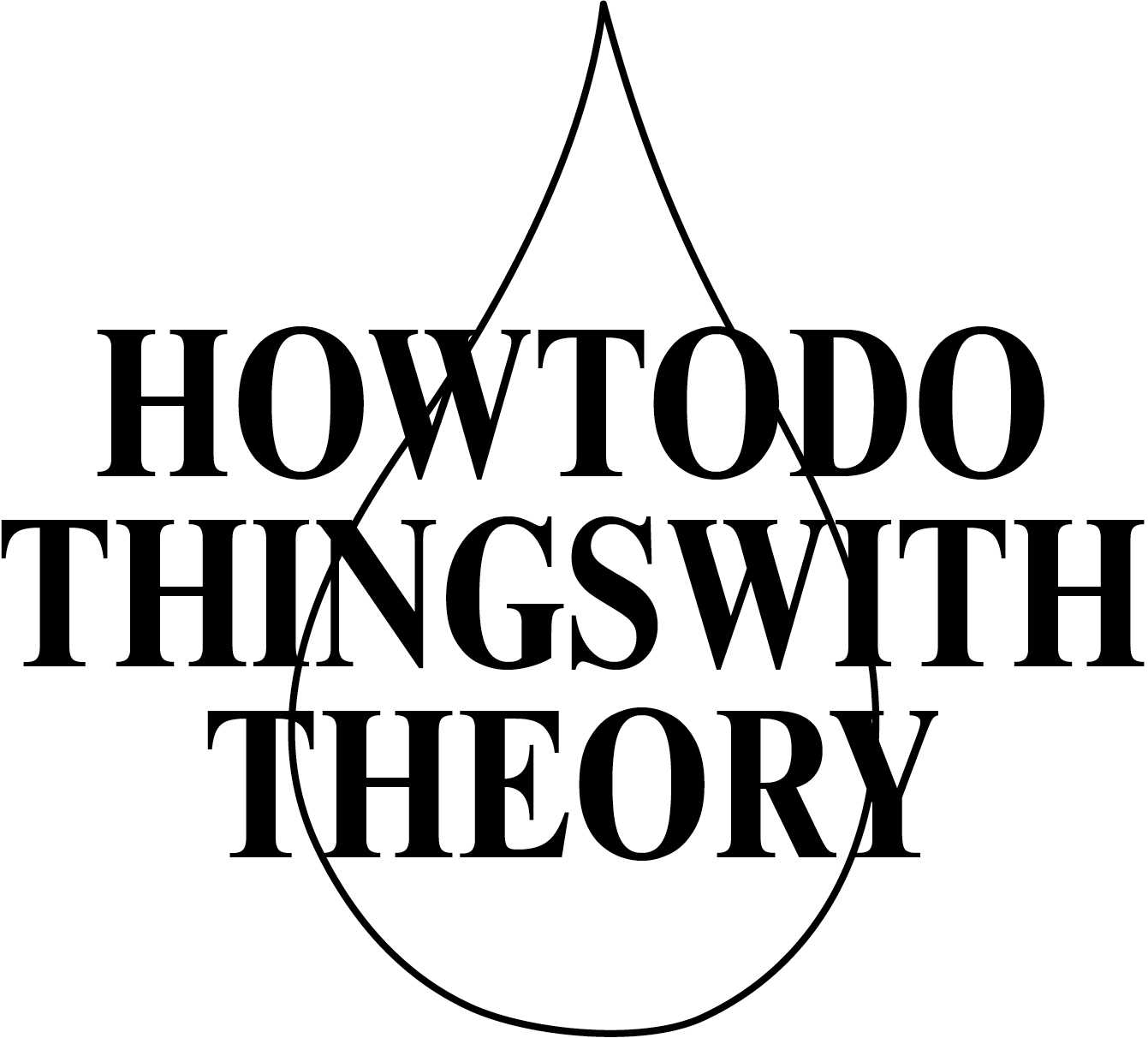Anastasia Hadjipapa-McCammon: Live & Captured Narratives: The Improvising Body in the 21st Century Museum.
Thesis Supervisor: Antonia Majaca
Thesis: Live & Captured Narratives: The Improvising Body in the 21st Century Museum
July 2020
Abstract
The improvising body is a vehicle for embodied communication, tackling important aims of 21st Century museums. Throughout this paper I sift through the motivations, history, and methods that have come to create spaces for certain physical bodies to be in conversation with the visual arts field. In particular, I view the advent of contemporary dance in the 21st century museum. In the first chapter I begin by unpacking the recent incorporation of diasporic traditions of improvisation into a western dance vocabulary and canon. The second chapter then looks at how this incorporation of improvisations has been closely entwined with the shifting ideologies of museums and dancers since the 1960’s. Throughout this paper I talk about different “archives.” One being, the tangible documents produced by dancers in the 1960’s that have become source materials for artists working in the 21st century. Another is the understanding of the body as it’s own archive, and yet another is the creation of the new archive, allowing dancers to explore the possibilities and limits of how their work is documented and incorporated into the future. I understand this through scholar Andre Lepecki’s term “will to archive.”1 In the final two chapters I present two case studies of 21st century artists who use improvisation to reference and experiment with the archive, as well as the experience of live bodies in a museum space. Here, I ask two questions that shape the narrative of this paper: How does the ephemerality of the performing body shift potentials for experiencing contemporary art in museums? How does the museum as a visual arts institution influence methods of creating and archiving dances? Museum performances often bring museum staff – it’s curators and producers, in intense collaboration with the performers, stirring a discussion on the compatibility and differences in genres, protocols, archival practices and hegemonies across the disciplines of visual art, performance and dance.
Author: Anastasia Hadjipapa-McCammon


